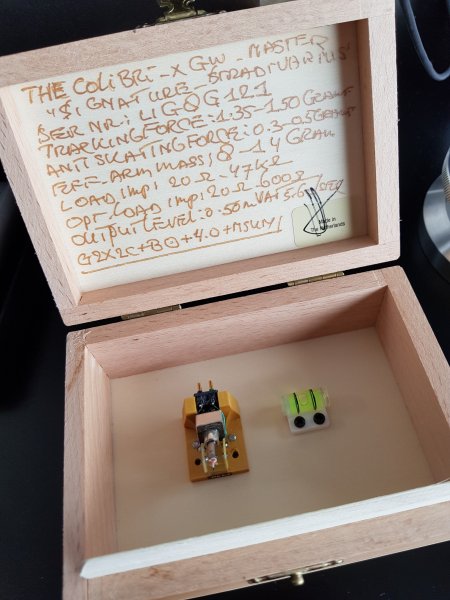You are assuming that I share your view that having two similar sounding cartridge/tonearm combinations makes no sense and is not what I want. I would be happy to find two cartridge/tonearm combinations I like so much that I cannot be certain which I like more.
Maybe one combination -- for example, Opus 1 on the linear tracker - sounds slightly more ethereal for "girl with guitar" music, and maybe the other combination will have more forceful low frequencies, in which case I would use it for rock.
The bolded part shows that you are looking at two different voices for different music. It also shows that the voicing is based on tonearm (one more ethereal on LT and the pivot more forceful). In that case you should have two different arms and the same cart in both. Or eventually you will sell off one of zyx or opus and find that one cart is preferred in both arms, using LT for girl with guitar, and one for rock, but with the same cart, just different arms. I also predict that sonically you will only choose one arm for all music if you have those two carts - you will just have to use very different carts for different voicing. And you might end up getting different arms to optimize the different carts







